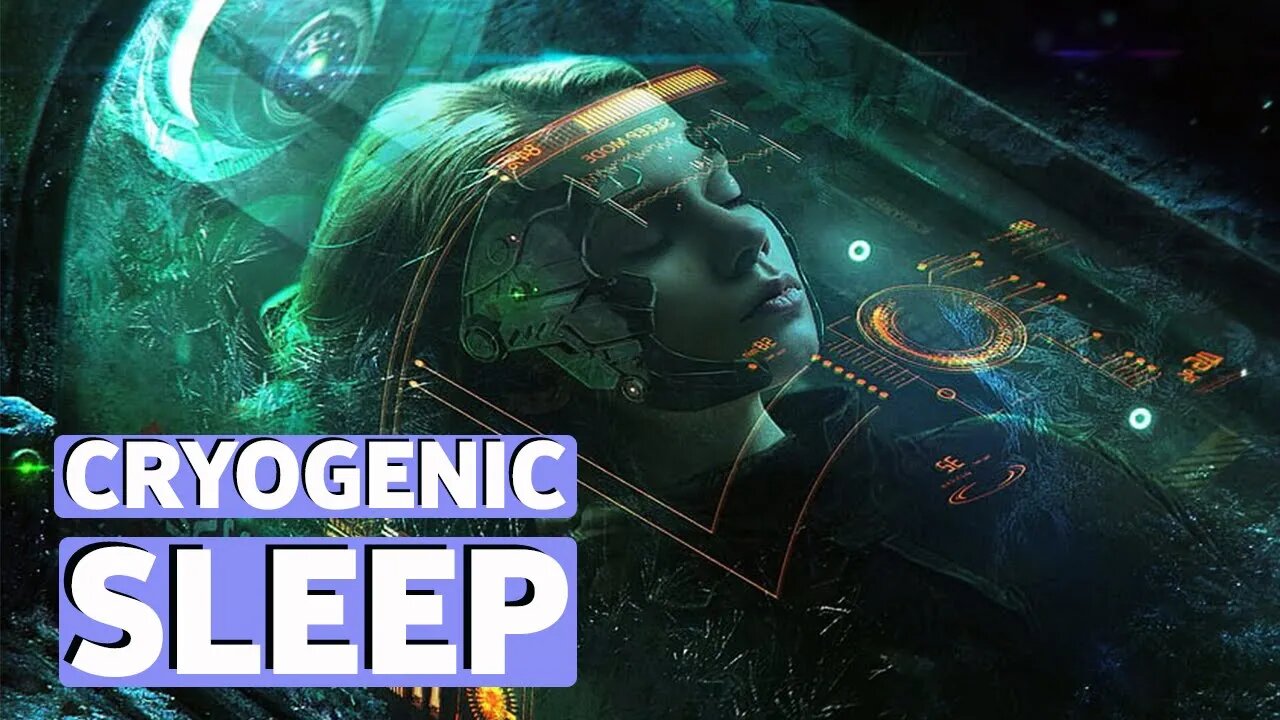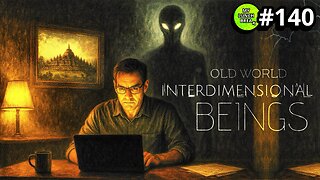Premium Only Content

HOW CLOSE ARE WE TO THE DEVELOPMENT OF CRYOGENIC SLEEP FOR SPACE TRAVEL?
HOW CLOSE ARE WE TO THE DEVELOPMENT OF CRYOGENIC SLEEP FOR SPACE TRAVEL?
The development of cryogenic sleep for space travel, as often depicted in science fiction, remains a concept that is still far from becoming a reality. While scientific advancements are being made in the field of human hibernation and suspended animation, the practical application of cryogenic sleep for long-duration space travel is a complex and challenging endeavor. Here's the best description of our current progress and challenges in the development of cryogenic sleep for space travel:
The development of cryogenic sleep, or suspended animation, for space travel is an area of ongoing scientific research and exploration. While the idea of placing astronauts in a state of hibernation during long-duration space missions has captivated the imagination, it remains a concept that is still distant from practical application.
At present, scientific advancements have made significant strides in the understanding of human hibernation and the potential benefits it could offer for space travel. Various experiments and studies have explored the use of induced hypothermia, metabolic suppression, and other techniques to reduce the body's metabolic rate and preserve vital functions during extended periods of space travel.
However, several major challenges persist in the development of cryogenic sleep for space travel. One significant hurdle is the preservation of bodily functions and prevention of tissue damage during extended periods of inactivity. The human body is a complex system that requires continuous maintenance and care to ensure the health and well-being of the individual. The process of inducing and maintaining a state of suspended animation without causing long-term harm to the body is a formidable task that demands further research and development.
Additionally, the logistical aspects of implementing cryogenic sleep in space travel pose substantial challenges. Creating and maintaining the necessary cryogenic environments, ensuring the safety of astronauts during the induction and emergence from hibernation, and addressing potential medical complications and ethical considerations are among the many complexities that need to be carefully addressed and resolved.
While the concept of cryogenic sleep for space travel holds great potential for mitigating the physical and psychological challenges of long-duration space missions, it is important to temper expectations with the recognition that significant scientific breakthroughs and technological advancements are still required to make it a reality.
Scientists and researchers continue to explore innovative approaches and conduct experiments to unravel the mysteries of human hibernation and suspended animation. The knowledge gained from these studies will contribute to our understanding of human physiology and the possibilities for future space exploration.
In conclusion, while cryogenic sleep for space travel remains an intriguing concept, we are currently far from its practical implementation. The development of safe and effective methods for inducing and maintaining hibernation-like states in humans over extended periods of time requires further scientific advancements and a thorough understanding of the complexities involved. As science progresses, the dream of cryogenic sleep for space travel may inch closer to reality, offering new possibilities for deep-space exploration and long-duration missions.
#CryogenicSleepExploration
#HibernationForSpaceTravel
#SuspendedAnimationResearch
#ChallengesInCryogenicSleep
#HurdlesToOvercome
#PracticalityOfHibernation
#CryogenicSleepForAstronauts
#HumanMetabolicSuppression
#LongDurationSpaceMissions
#FutureOfSpaceTravel
#ScientificBreakthroughsNeeded
#ViralSpaceSleepConcept
#ExploringHumanHibernation
#FeasibilityOfCryogenicSleep
#ProgressInSuspendedAnimation
#SolvingTheCryogenicChallenge
#EthicalConsiderationsInSpaceHibernation
#ViralScientificResearch
#SpaceTravelInnovation
#TheRoadToCryogenicSleep
-
 3:36:03
3:36:03
Mally_Mouse
1 day ago🌶️ 🥵Spicy BITE Saturday!! 🥵🌶️- Let's Play: Tower Unite!
49.1K2 -
 58:59
58:59
MattMorseTV
8 hours ago $1.29 earned🔴Trump just BROKE Newsom.🔴
64.3K76 -
 18:14
18:14
Her Patriot Voice
8 hours agoWho Is WORSE for NYC: Trump Girl or Socialist?
45.8K31 -
 3:39:42
3:39:42
SavageJayGatsby
7 hours agoSpicy Saturday with Mally! | Road to 100 | $300 Weekly Goal for Spicy Bites!
45.7K1 -
 3:35:50
3:35:50
FomoTV
9 hours ago🚨 Swamp Theater: FBI Raids Bolton 🕵 Still NO Epstein Files, Trump's Troops & the Red Heifer Hoax 🐂 | Fomocast 08.23.25
20.3K7 -
 6:04:40
6:04:40
Akademiks
12 hours agoRoc Nation & Meg Thee Stallion did a 7 HOUR Deposition with me. Drake Secret Kid Finally Revealed.
57.2K2 -
 24:19
24:19
Stephen Gardner
8 hours ago🚨BREAKING: FBI Raid of John Bolton’s House Reveals THIS!
59.4K140 -
 8:31
8:31
MattMorseTV
10 hours ago $1.15 earnedTexas just did the IMPOSSIBLE.
50.5K64 -
 24:39
24:39
MYLUNCHBREAK CHANNEL PAGE
1 day agoInterdimensional Beings at Borobudur
58.3K34 -
 12:42
12:42
Scammer Payback
1 day agoCalling Scammers who were Raided
27.8K11